When considering off-grid power solutions, several options stand out for their affordability and practicality, depending on factors like location, energy needs, and budget. Here are some of the most affordable and practical types of off-grid power:
Gas or Propane Generator
Having a gas or propane-powered generator for backup power is essential for several reasons, especially in situations where access to electricity from the grid is unreliable or unavailable.
- Reliability: . They can be quickly activated to supply electricity to essential appliances, equipment, and systems, ensuring that critical functions can continue uninterrupted.
- Versatility: They are capable of powering a wide range of devices and appliances, from lights and refrigerators to heating and air conditioning systems.
- Fuel Availability: Unlike renewable energy sources like solar or wind power, which are dependent on weather conditions, gas and propane can be stored in large quantities, providing a reliable fuel source for generators when needed.
- Quick Startup: This rapid startup time is essential during emergencies when time is of the essence, allowing users to restore power to essential systems without delay.
- Longevity: With proper maintenance and care, these generators can provide reliable backup power for many years, offering peace of mind and security during emergencies.
- Cost-Effectiveness: Additionally, the ongoing fuel costs for gas and propane generators are typically lower than diesel or gasoline generators.
- Capacity: Gas and propane generators are available in a wide range of sizes and capacities to meet various energy needs. Whether powering a single appliance or an entire building, there are gas and propane generators available to suit different requirements.
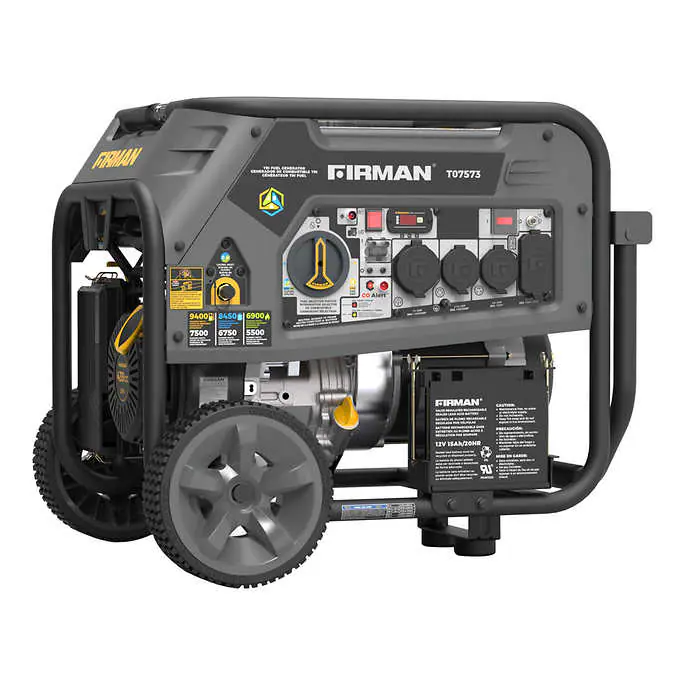
Solar Power
Solar power is one of the most popular and cost-effective off-grid energy solutions. Solar panels capture sunlight and convert it into electricity, which can be used to power homes, businesses, and other applications.
The initial cost of installing solar panels can be higher, but ongoing maintenance costs are relatively low. Additionally, many governments offer incentives, rebates, and tax credits to offset the upfront costs.
Solar power systems can be scalable, allowing users to start small and expand as needed. They are particularly well-suited for remote locations with ample sunlight.
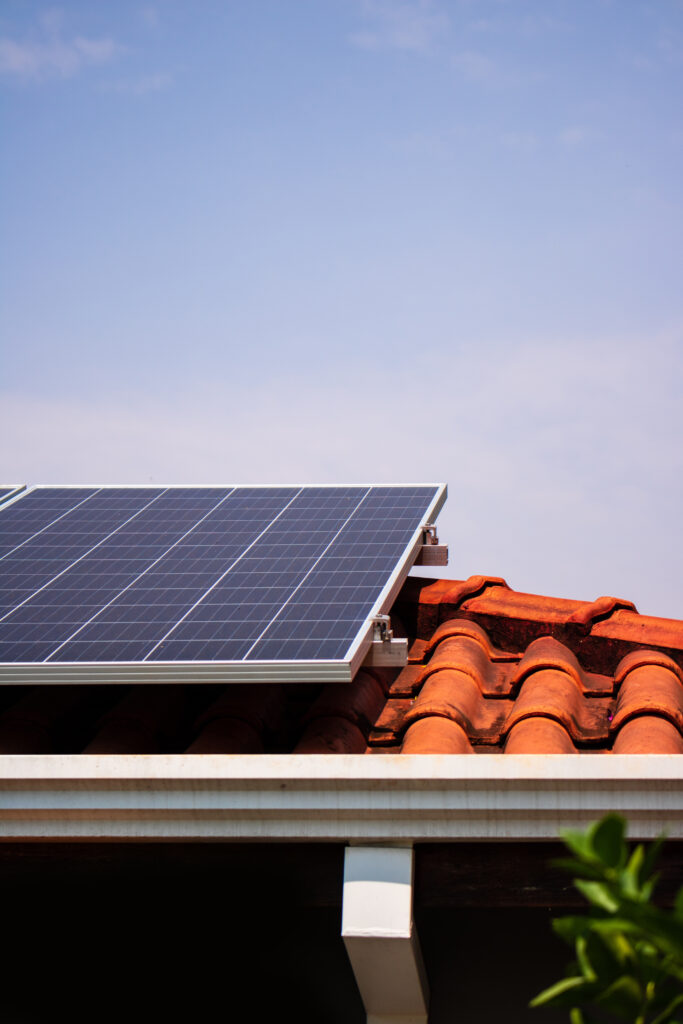
Wind Power
Wind power harnesses the energy of the wind to generate electricity. Wind turbines are especially effective in areas with consistent and strong wind patterns.
While the initial investment in wind turbines can be higher than solar panels, they can provide a reliable source of energy, especially in windy regions.
Like solar power, wind power systems can benefit from government incentives and rebates. However, they may require more space and periodic maintenance.
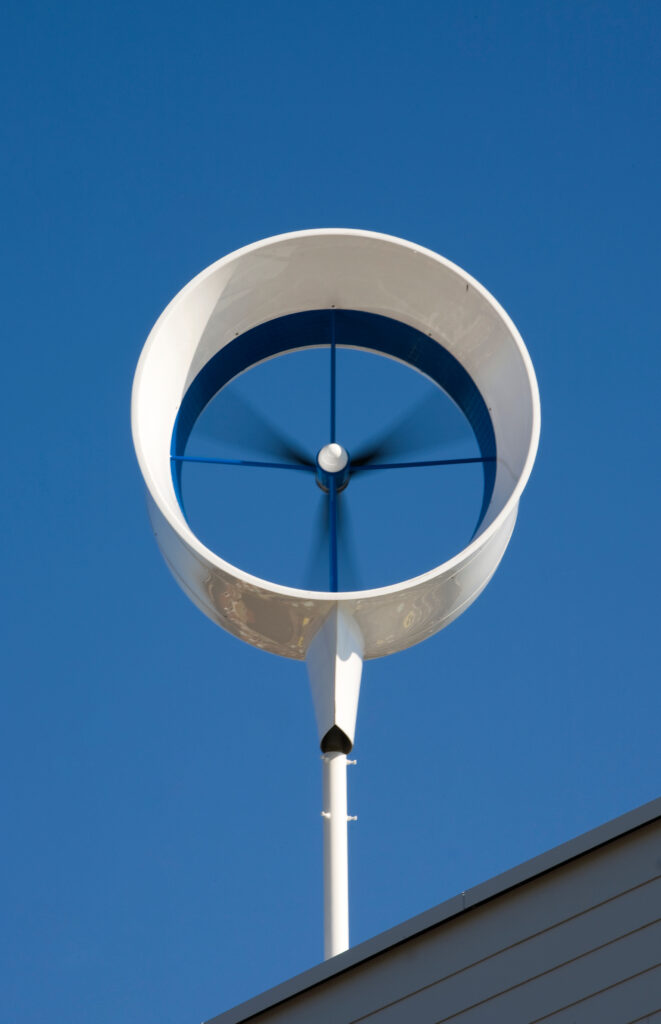
Micro-hydro Power
Micro-hydro power systems utilize flowing water, such as streams or rivers, to generate electricity. They are particularly suitable for properties with access to a constant flow of water.
Micro-hydro systems can be cost-effective, especially for sites with suitable water resources. They have low operating costs and can provide a consistent power supply year-round.
While micro-hydro systems may require more upfront investment for installation, they can be highly reliable and efficient over the long term.
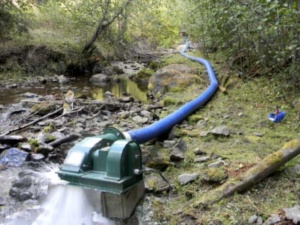
Hybrid Systems
Hybrid off-grid power systems combine two or more renewable energy sources, such as solar, wind, and/or hydro power, along with energy storage solutions like batteries.
Hybrid systems offer the advantages of multiple energy sources, providing greater reliability and resilience against fluctuations in weather conditions.
While hybrid systems may require a higher initial investment, they can optimize energy production and storage, making them a practical and efficient off-grid power solution in many situations.
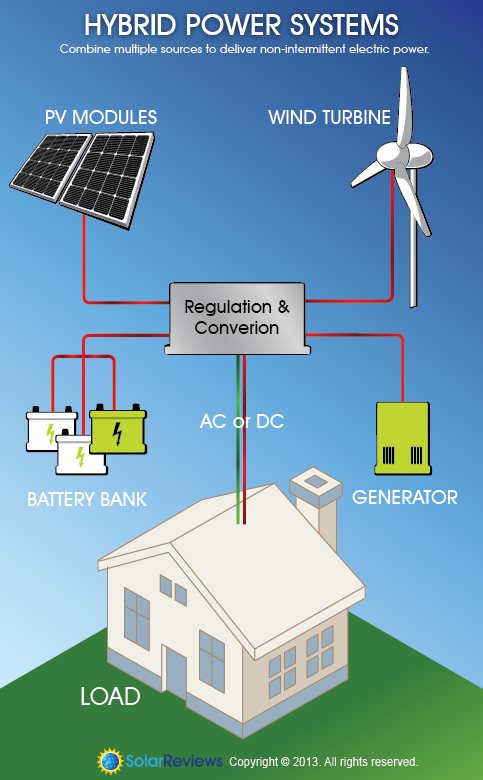
The affordability and practicality of the off-grid power will depend on your individual circumstances, including location, energy requirements, budget, and available resources. It’s essential to conduct a thorough assessment and consult with renewable energy experts to determine the best solution for your specific needs.
How to get started?
Step 1: Make a List of your Essential Power Needs
Identify the electronics in your house that you want powered during an outage. Most electronics will have labels on them that list the power requirements for the unit. If there is none, you may be able to find the information online. Record the what you are going to power and calculate the amount of WATTS each device will need to run. Consider how many hours a day and for how many days.
Step 2: Identify power solutions that meet your backup power needs
Step 3: Plan for success
- Where will the equipment go? (Size & Weight)
- Is my wiring rated correctly?
- Do I have fuses and breakers to protect my home and equipment?
- Who will do the instalation?
- Who will do the maintenance on the equipment?